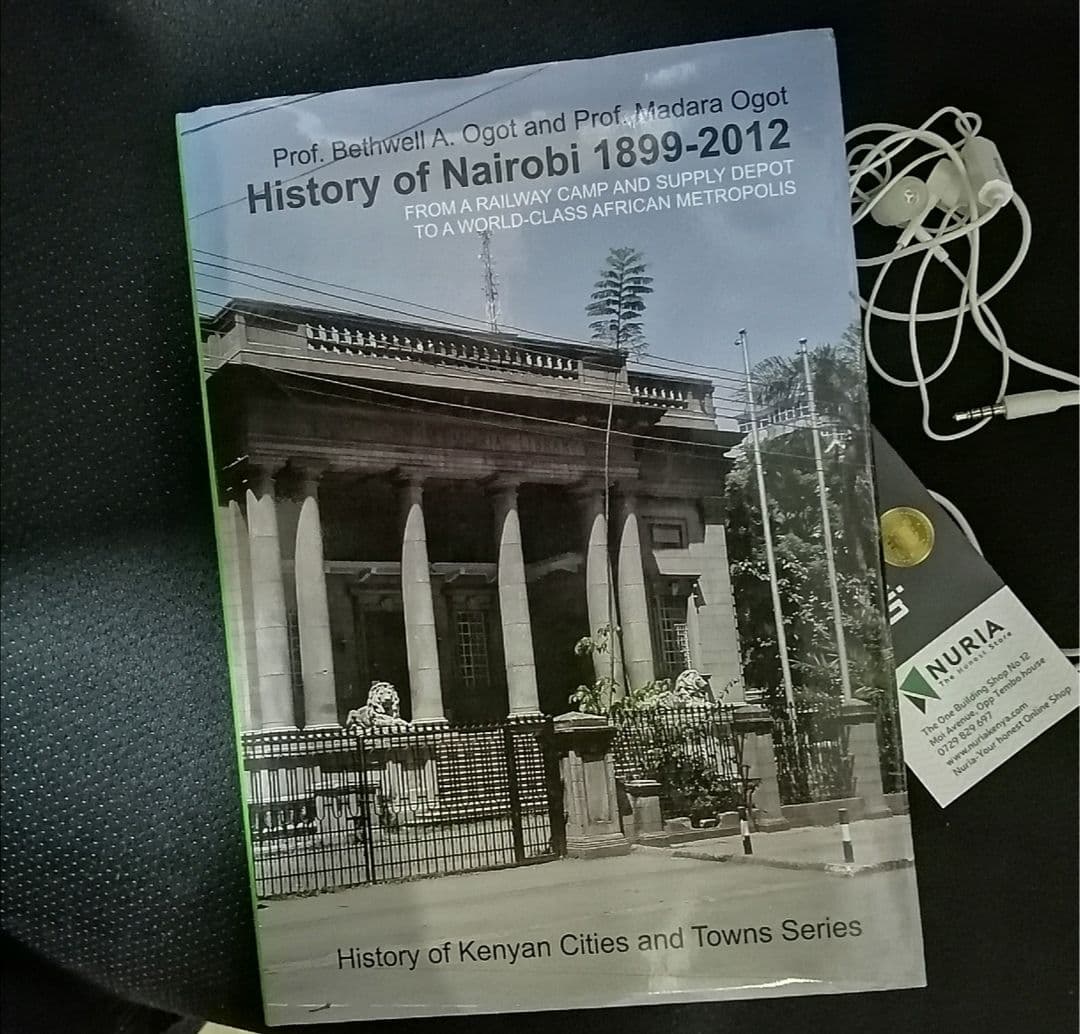This book is not only about the history of the Railway Camp that turned into a world-class metropolis.
It documents the politics, governance, cultural life of what Nairobi was and has been from 1899 to 2012.
The politics and governance, the manoeuvres, is what is very interesting to me.
I would try to brush over things, but this is not an easy book to brush over.
Politics (early life)
The authors’ documents how Jomo Kenyatta was always afraid of Tom Mboya. He was aware of his appeal for leadership from early on and made it his mission to put him behind.
A thing I also picked from the book is that Africans have always not been put in the calculation as Kenyans. At Lancaster Conference, for example, we were put in two broad political parties i.e. KADU and KANU, while the talk was all about communities such as Muslims, Hindus, Mau Mau, and Europeans.\
Unfortunately, this mentality about Kenyans, rather than Kikuyus (Mau Maus), Indians and whites, still persist to this day.
Considered as ‘others’, these Kenyans seem like the vast slave plantation workers whose opinions, livelihoods and habitations (rural areas) don’t deserve improvements. Save for devolution, the center of power which continues to remain within and near Central Kenya has meant that the other areas are poor and have little economic activities.
You should ask yourself why, over 50 years after independence, we haven’t seen it as awkward to have the Executive, Judiciary and legislature all in Nairobi.
For true development, I suggest the Legislature be taken to Western Kenya; the National Assembly can be situated between Kericho and Kisumu, whereas the Senate can be taken to Kitale or Eldoret. Imagine the real estate and infrastructure development that this will spur in places like Kisumu, Kakamega, Kericho, Kapsabet.
Nairobi, being a business centre can take care of itself well.
Judiciary can have its seat in Nairobi, but Nakuru might be great.
Culture of waste
The book persuasively documents how Nairobi’s garbage issue reached a crisis in mid-80s and it is quite telling why over 32 years later, we still grapple with it.
As for garbage, we had large county council (what we have now as Nairobi County Government) bins those days but still, Nairobi stunk.
The chaos seen in garbage collection is also true about public transport which went burst in the mid-80s and attempts to correct it never materialized to this day. It interesting to read the stories about this.
In transport, govt owned Kenya Bus Service – KBS couldn’t solve the issue.
The 857-paged book, written by one of the best Kenyan historians, Professor Bethwell A. Ogot, offers comprehensive history, and students of political science and history would appreciate this bringing together of many many writings about Nairobi over the years. It is a heavily referenced book.
Kenyans were more optimistic between 1964 and 1972 and right after 2002 elections which brought Kibaki to power.
Buy the book from Nuria Store.




